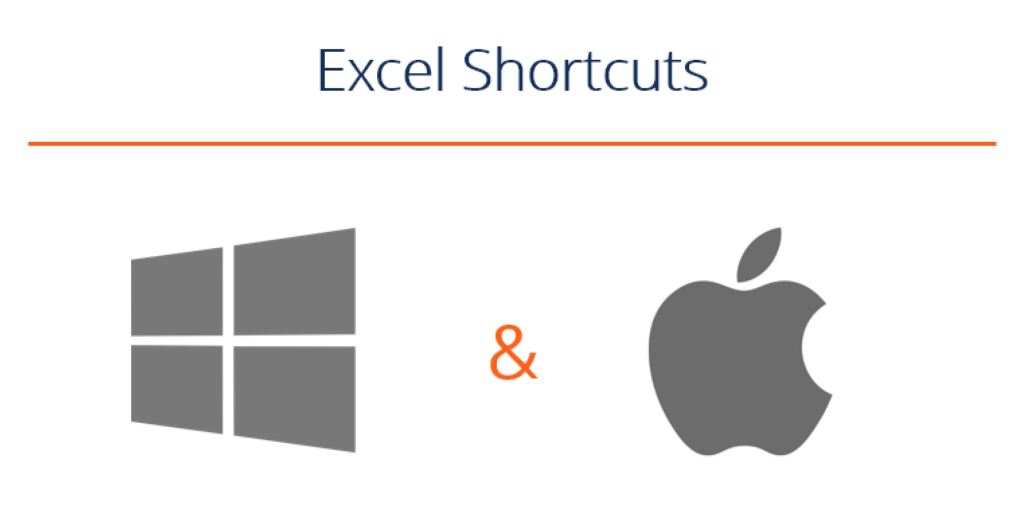
Command D For Mac
Method 1: 1) Click on the icon magnifying glass that appears on the top right corner. 2) Once you click, it opens the spotlight where you can type the name of app. 3) Type the keyword ‘Terminal’ in the space of spotlight search. 4) Then click on the ‘Terminal’ application that displays. Many users are aware of some boot commands for Mac OS X that provide different functionality for your system. The following is a more comprehensive list of the keyboard commands you know and many.
How do I create or write to images to disk on Apple Mac OS X (macOS) Unix operating system with dd command?You can use dd command to:
[donotprint][/donotprint]
- Create new disk images from USB or SD card
- Write images to disk or USB or SD card
You also need to use diskutil command manipulates the structure of local disks including listing and unmouting disks before you create or write images to disk.
Please be careful when running the following commands, as you might destroy important data or disk.
How To Create Disk Image on Mac OS X With dd Command
The procedure is as follows:
- Open the Terminal app
- Get disk list with the diskutil list
- To create the disk image: dd if=/dev/DISK of=image.dd bs=512
- To write the disk image: dd if=image.dd of=/dev/DISK
Let us see all commands in details.
1. Create disk image with dd command
Open the Terminal application and type the following command to list disks:$ diskutil list
Sample outputs:
In this example my SD card size is 4GB and located at /dev/disk2.
2. Unmount the disk

Unmount the disk called /dev/disk2:$ diskutil unmountDisk /dev/disk2
Sample outputs:
3. Create the disk image with dd
Finally create the disk image of the entire disk /dev/disk2:$ sudo dd if=/dev/disk2 of=backup.my.sdcard-18-oct-2015.img.dd bs=512
OR$ sudo dd if=/dev/disk2 of=backup.my.sdcard-18-oct-2015.img.dd bs=1m
OR$ sudo dd if=/dev/disk2 of=foo.bar.img.dd bs=64k
Sample outputs:
You can create compressed disk image as follows:$ sudo dd if=/dev/disk2 bs=64K gzip -c > backup.disk.img.dd.gz
Where, Flex type 2k keygen download for mac windows 7.
- dd : Command name
- if=/dev/disk2 : Input disk name
- of=backup.my.sdcard-18-oct-2015.img.dd : Output image name
- bs=64k or bs=1m or bs=512 : Set both input and output block size to n bytes.
- gzip -c > backup.disk.img.dd.gz : Create compressed disk image using gzip
You can verify your disk with file command:$ file disk-name-here.img.dd
How do I write dd images to disk again?
The syntax is as follows:$ diskutil list
$ diskutil unmountDisk /dev/disk2
$ sudo dd if=backup.my.sdcard-18-oct-2015.img.dd of=/dev/disk2
### Restores compressed image and write /dev/disk2 ###
$ sudo sh -c 'gunzip -c backup.disk.img.dd.gz dd of=/dev/disk2'
See dd command man page for more info.
Not a fan of command line?
You can use ‘Disk Utility’ GUI tool to create and restore images. First ‘Open Disk Utility’ by visiting the Applications >Utilities folder:
Choose File > New > Image from “Untitled”. Next, enter a name for the disk image, then choose where to save it:
Etcher app
Etcher is an SD card flasher app that is simple for end users, extensible for developers, and works on any platform including macOS. However, it is written in JS, HTML, node.js and Electron. So if you want to download external and fat app go here. Personally, I recommend and use the CLI or inbuilt apps.
ADVERTISEMENTS